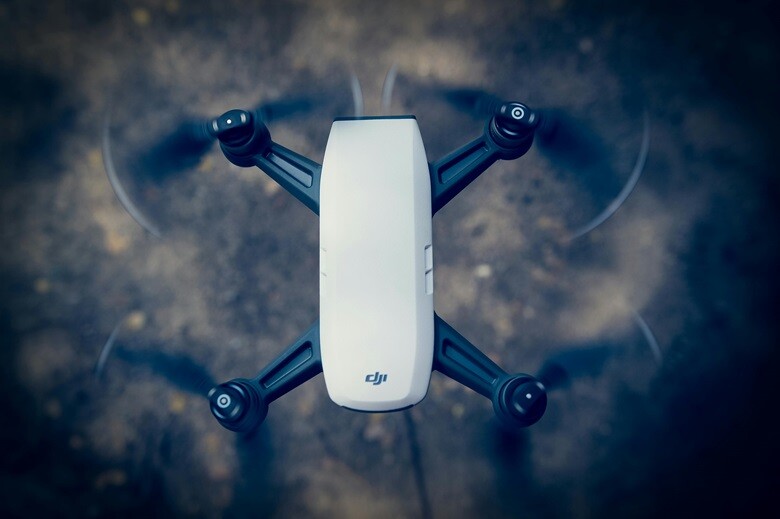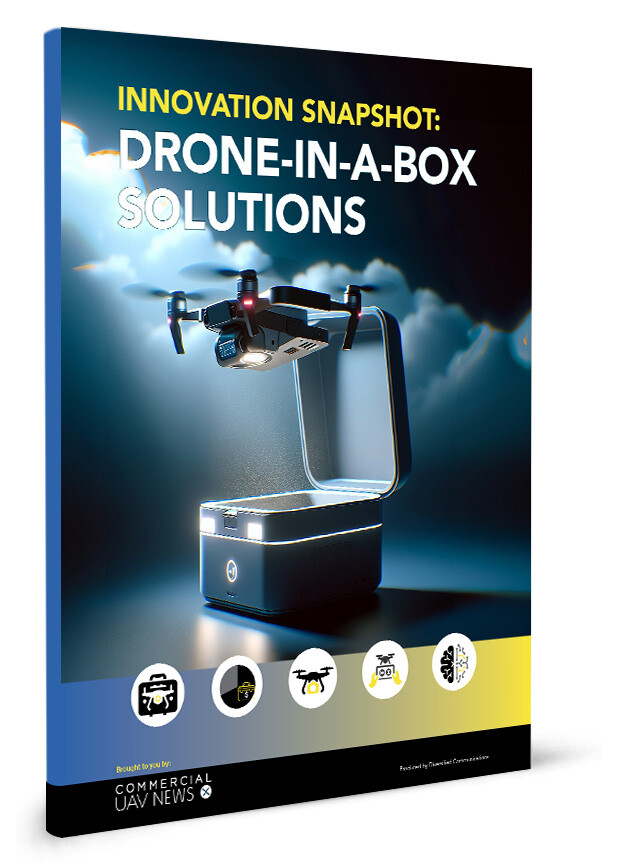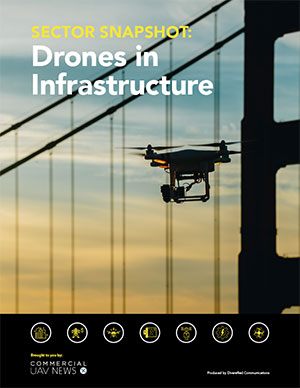For years now, the uncrewed aviation industry in the US has been waiting for the news that a total ban of Chinese-made drones has been put in effect. Regardless of the political orientation of the federal administration in Washington, there seems to be a certain controversy around the issue that these drones—and the data they produce—have been used for something other than their intended purpose by the user. One school of thought is definitely on the side that there is potential harm to institutions by using these drones, while others use the results of audits to prove no such breach has occurred. Audits have been done by private and public entities, including federal agency audits.
The issue is that sometimes these remotely piloted aircraft (RPAs) are being used to gather sensitive data that should not be disseminated without proper authorization. Regardless of the merit or absence of it, the reality of the industry today is that a total ban of Chinese-made drones, specifically the market leader DJI, seems to be inevitable, and, sometime in the near future, commercial, industrial and government users and operators will find themselves in the uncomfortable position to be using a vehicle that is not sanctioned by the US government.
There are multiple examples and some anecdotical data that for years have been pointing at the reality that these RPAs are connected to a central location in order to keep the firmware on board up to date the latest version, similar to a smart phone or a Personal Computer (PC). On the other hand, the availability of DJI Local Data Mode (LDM) offers a data privacy feature in their drone apps that blocks all data transmission between the app and the internet, ensuring that no drone data is sent to DJI or third-party servers. This might be a way of circumventing data privacy concerns.
For private companies that are using UAVs to perform deliveries, agricultural spraying, infrastructure inspections, and other civilian uses, the ban might not affect them in the short term, but inevitably a ban from government contracts will have a detrimental effect on the ability of these companies to generate revenue. In conversations with current DJI users performing non-government related work, such as roof inspections, the consensus is that DJI drones are easier to use and have better support than their American counterparts.
As we understand the impending ban, any government entity (federal, county, city, local, and tribe) that receives federal funding will be forbidden from using DJI drones, and that includes first responders, public safety, and every non-public organization. This should have created already an enormous demand for non-DJI drones, but it has not. Why? The general opinion of users is that DJI drones are better, easier to use, cheaper, and have great support.
Even if these advantages are just perceptions, drones designed and built in the US have a steep climb ahead of them to counter these arguments. There are a number of American manufacturers approved by the federal government through inclusion in the now-famous Blue List, which contains an extensive directory of manufacturers and models that the US Government approves for use under federal funding rules.
So, the question is, “If, currently, DJI represents 75% of the drone market and a large chunk of its American customers will shortly be out of bounds, why have we not heard that these American manufacturers are increasing their manufacturing capabilities?”
Well, even though the looming ban will open a large segment of the market for American-made drones, this is not the only factor that companies use to determine growth.
With the arrival of the new administration on January 20, the economy entered a period of turmoil that had been absent for the previous four years. The Volatility Index (VIX) of the stock market has been floating around the high 20s, reaching a peak of 28 on March 12. All stock market indexes are down for the year, and some economists are convinced that we are already in correction territory. (In the stock market, a correction is defined as a decline of 10% or more from a recent high, but less than a 20% decline, which is considered a “bear” market.)
Even though most of the small American UAV manufacturers are not public companies, volatility in the investment markets affects everyone and investors and venture capital (VC) companies and individuals are very cautious during these times, as they see opportunity in having cash in hand as they wait for the right moment. When the time comes for action by these indigenous manufacturers to expand and compete, they will do well by remembering that the competition is not only based on price, but also ease-of-use, availability, variety of models, and support. In these four items, DJI has found a way to satisfy commercial and industrial customers, as well as hobbyists, in a way that needs to be equaled and if possible, improved.
Another issue that might be affecting the ability, or willingness, of American drone manufacturers to move ahead with expansion plans concerns qualified personnel and the dependency on specialized worker’s immigration visas and their availability. There is talk of a potential tightening on the issuing of these specialized working visas, and that does not help with the decision to expand.
In any case, small drone manufacturers based in the US, Europe, Australia, Israel, and every other country considered American allies would do well to invest in their manufacturing infrastructure, as the ban on DJI is almost certain. Even though the current state is uncertain, the intentions have been telegraphed well in advance.
Regardless of the short-term jitters regarding funding and qualified personnel, a ban on DJI and other Chinese-made drones should be a boost to local and allied manufacturers if these companies have the technology, supply chains, resources, and trust to support that demand. If, on the other hand, the industry finds itself in an uncomfortable position to slow down or shrink, the pressure will be on the government to ease restrictions and allow for a period in which a limited ban is in effect. That would allow local manufacturers to get their act together to compete.
The new world order today with tariffs across the board has added a layer of complexity and uncertainty to the drone country-of-origin issue. Now, manufacturers have to re-evaluate the origin of their components and the place where the aircraft is finally assembled.
Also, issues remain around timing and the manufacturing capacity to supply a growing market, especially given the upcoming regulation (Part 108) that will allow drones to fly beyond the visual range of the operator, which will open the door to a slew of applications and opportunities.















Comments